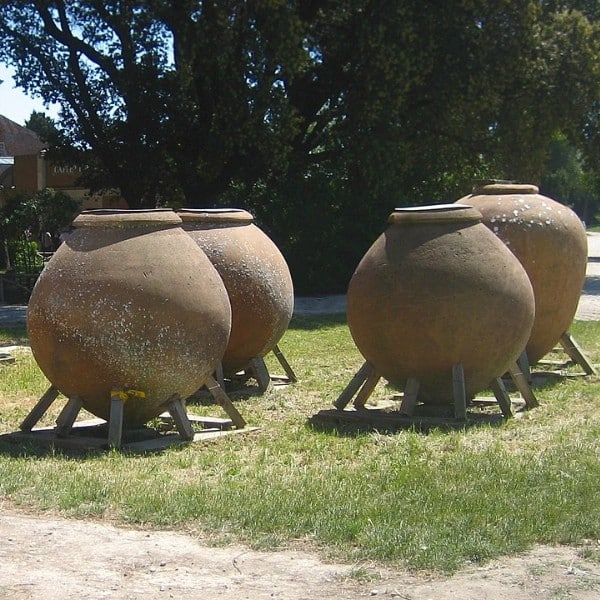
The magnificent Olive Tree of Vouves in the village of Ano Vouves in Crete, Greece. (Photo: Eric Nagle via Wikimedia Commons, CC BY-SA 4.0)
Trees have a certain steadfast, understated beauty. Their longevity means they see people, seasons, and even historical events come and go. Some trees have seen more than others. One twisted, magnificent olive tree in the village of Ano Vouves on the Greek island of Crete has seen millennia spanning from the fall of the Roman Empire to the return of the Olympics to Athens in 2004. The Olive Tree of Vouves is thought to be thousands of years old. Despite this impressive age, the living tree still produces olives for harvest.
Olives were being grown commercially on Crete at least 3,000 years ago. Olive oil figured heavily in diets and literature. The Vouves tree dates to this error of important production. Isotope dating is not possible as the tree's heartwood has decayed within its twisted 15-foot diameter. However, its rings show it has been around for at least two millennia. This baseline estimate could be on the low end of possibility, though, with other estimates ranging upwards to 4,000 years old.
After all these years, one might expect the tree to be withered and dry. However, cultivars (grafted plants) have enabled the tree to continue producing olives. Its boughs adorned the head of winners at the 2004 Athens Olympic Games, an iconic return to tradition. While the Olive Tree of Vouves is now protected, it is not the only ancient tree in the world. A Great Basin bristlecone pine (Pinus longaeva) in California is 4,854 years old. This means its seed germinated in 2832 BCE while early Mesopotamian civilizations were crafting cities and trading, and Egypt was beginning its Second Dynasty. Another olive tree, known as “The Sisters” or “Sisters Olive Trees of Noah” in Lebanon, is estimated to be 6,000 years old. These trees have survived wars, pandemics, droughts, and fires—true displays of resilience.
This ancient olive tree on the Greek island of Crete still produces olives after over 2,000 years.
The at least 2,000 year old olive tree of Vouves,on the island of Crete,still bears olives. The tree stood here when Rome burned in AD64, and Pompeii was buried under a thick carpet of volcanic ash in AD79. Cemeteries from the Geometric Period (900-700 BC) were discovered nearby. pic.twitter.com/yVsLqfKPwe
— Ticia Verveer (@ticiaverveer) May 6, 2018
h/t: [Open Culture]
Related Articles:
Bronze Age Couple Discovered in Loving Embrace 3,000 Years After Burial in Ukraine
19th-Century “Cobweb Valentines” Are Surprising and Romantic Works of Art
15 Important Civil Rights Activists To Know From the Past and Present
Message in a Bottle From 1887 Discovered Under Floorboards in Scotland






















































































